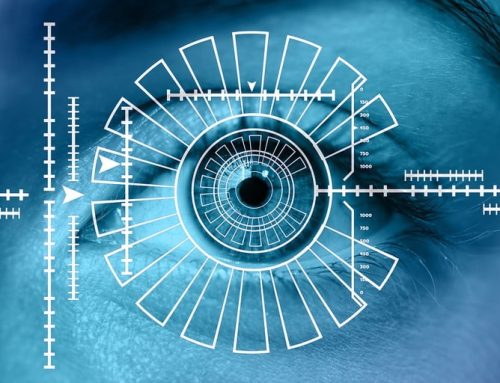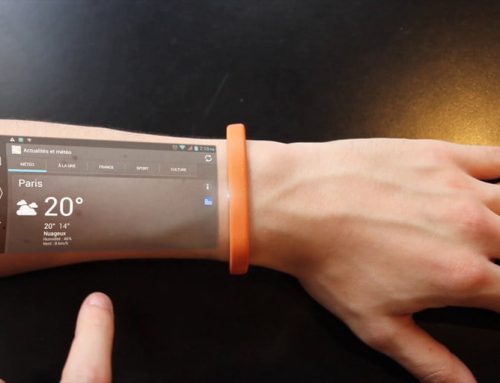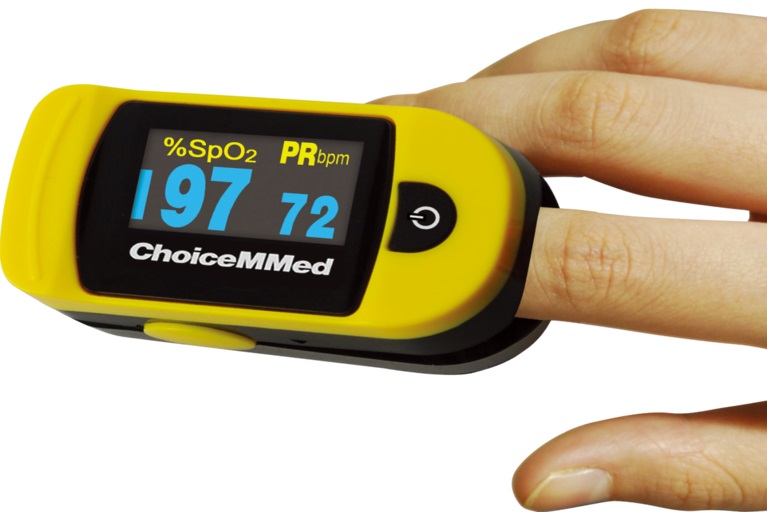
All of us have seen the covid-19 impact on the whole world. It started in the year 2019. When this pandemic was taking place over the world we were not aware of the pulse oximeter (commonly known as oximeter). Initially, the oximeter is being used in medical institutions only. But as we know time changes every system. Nowadays most of the person is having an oximeter in their home to use it. We are here to discuss this electronic gadget that influenced human beings to monitor their health. Before going into this first of all let me tell you about the pulse oximeter.
What is Pulse Oximeter?
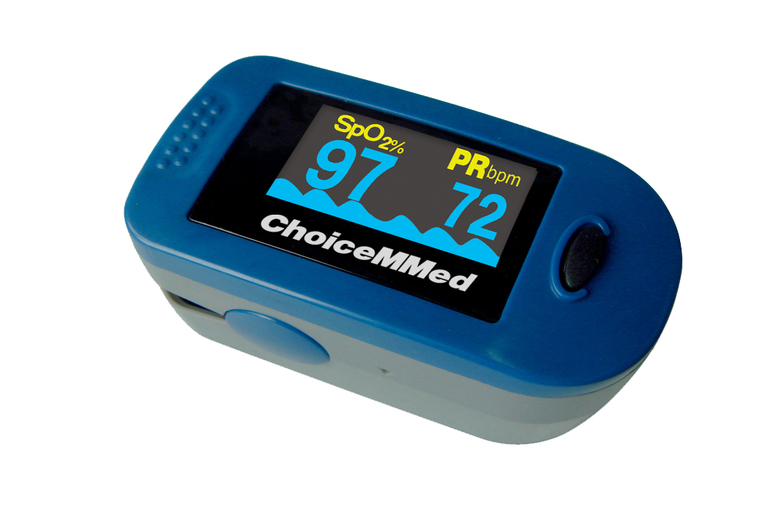
Pulse oximeter
A pulse oximeter is a portable electronic device that usually slides over the finger or ear lobe of human beings to monitor heartbeat and oxygen levels. When you breathe, oxygen enters into your lungs, passes through very thin membranes, and enters the bloodstream. In the bloodstream, red blood cells (RBC) picked up the oxygen and carried around the body to various organs. Oximeter checks blood oxygen levels via an oxygen saturation measurement called peripheral capillary oxygen saturation, also known as SpO2.
Units in Pulse Oximeter:
- Optical Sensor
- Microcontroller based board
- Display
- Battery
Optical Sensor:
The optical sensor of the pulse oximeter converts the light into frequency form. It contains a photodiode (probably silicon-based) and a current to frequency converter on a single monolithic CMOS IC.

Optical sensor of oximeter
The output of this sensor is a square wave in which frequency is directly proportional to light intensity on the photodiode. This digital output allows a direct interface with a microcontroller-based logic circuit. The optical sensor is particularly designed to work between ultraviolet to the visible range of 320 nm to 700 nm wavelength. In most of the pulse oximeter TSL237, MAX30101, and EPM-4001 are being used as an optical sensors. These optical sensors can monitor heart bit rate as well as oxygen level.
Microcontroller based board:
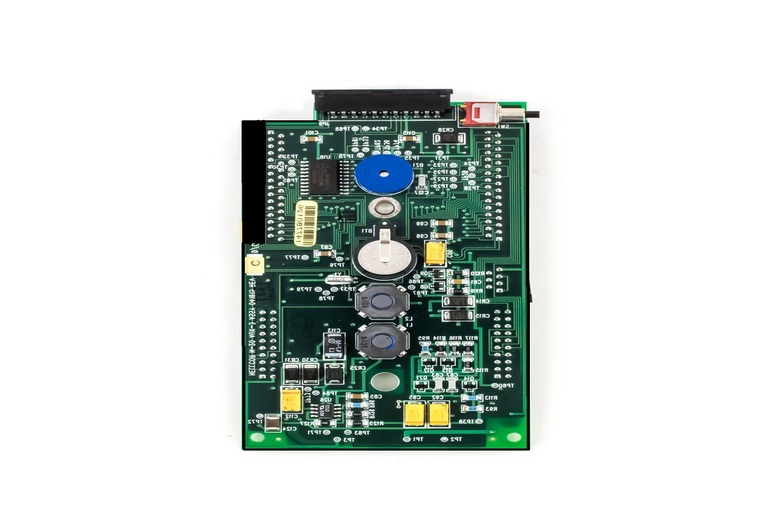
Microcontroller based board
This is the brain of the pulse oximeter. It uses an inexpensive microcontroller with fixed instruction sets. The microcontroller of the board is pre-programmed to perform the required processing for input signal, from the photosensor. The processing unit of the circuit controls the state and count pulses of the optical sensor. It also provides the input signal to the display unit. If you want to know more about microcontrollers click here.
Display:
The display of the oximeter is OLED type. This display unit represents the value of heartbeat and oxygen level. The display unit is primarily connected with a microcontroller-based board. In most of the display devices, two types of displays are being used. The first one is LED type and the second one is OLED type. Two know more about these two displays you can read this article.
Battery:
Most of the oximeter contains Li-ion batteries. This device needs 3-volt power supply to operate properly.
Working process:
When you slide the oximeter over the finger or ear lobe optical sensor performs its duty. The optical sensor detects pulse rate and oxygen level and converts this input data into the digital signal form. This digital signal is directly fed to the microcontroller board, after that logic circuit board processes the signal on the basis of input data and sends it to the display unit. All the electronic units of the oximeter are being powered by a 3-volt battery or two 1.5-volt batteries.
Future improvement:
Oximeters are still needed improvement in their optical sensors and data processing or logical unit. The final output value or reading on display is not very accurate. They are showing variations while calculating the pulse rate or oxygen level because of limitations in the optical sensor. Whereas many manufacturers are trying to improve their product and some of them are doing their job very well. At present time some of the oximeters are providing accurate information. Nowadays some smartwatches are having the functionality of the oximeter. The price of a normal oximeter is affordable but when we are going towards more accuracy of data, the price of the oximeter increases with their accuracy.
Thanks for reading. See you soon with another exploration!

